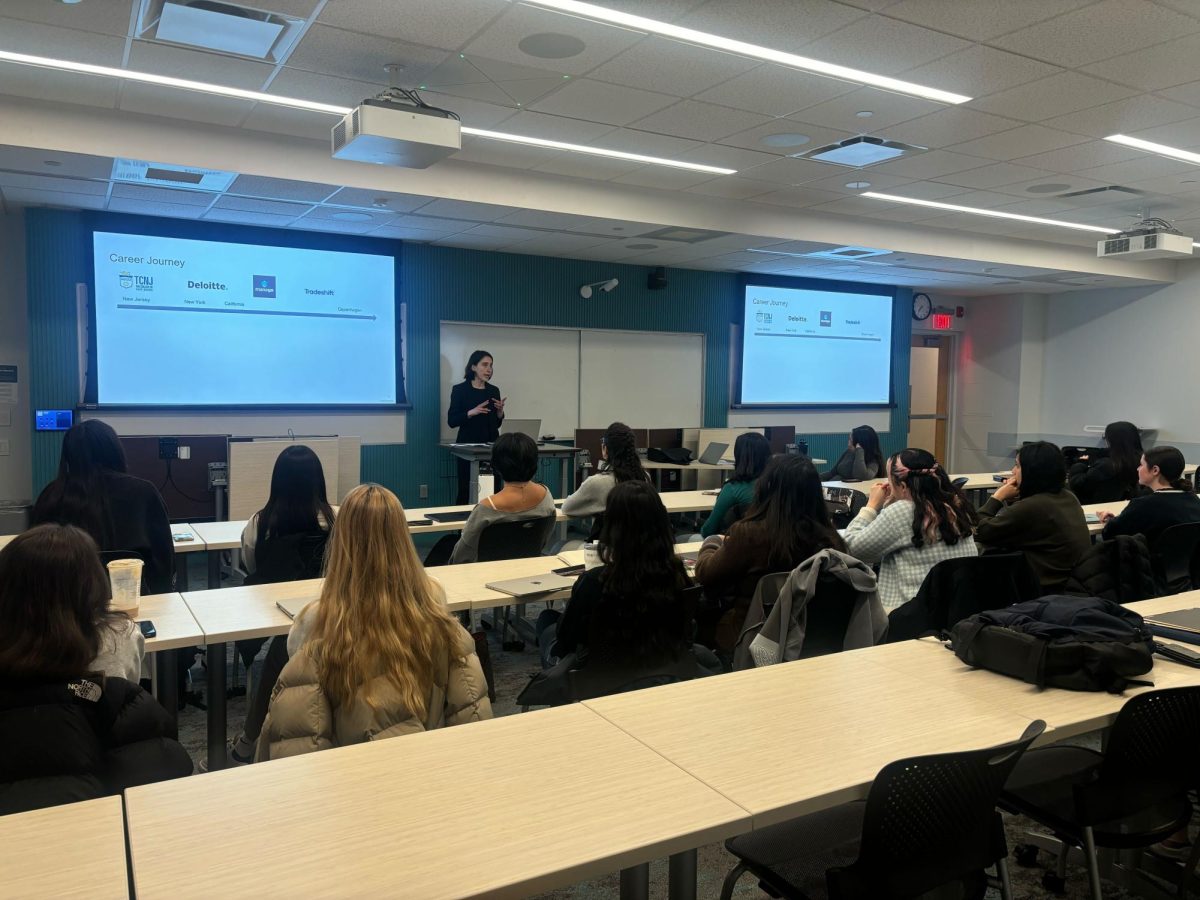As the leaves on the trees start to change in color, there is a buzz in the air on campus; the freshman class has arrived.
Along with the buzz a phrase has been coined, they are “Freeland’s class.”
When President Richard Freeland made his State of the University Address in the fall of 2000, he proposed his plan to reach the top 100 universities in the nation. To do so, a number of things would first have to occur.
U.S. World News and Report’s rankings focus on peer assessment, retention, faculty resources, student selectivity, financial resources, graduation rate performance and alumni giving rates.
As the “bulge class” moved into it’s sophomore year last fall, the class of 2005 retained 83 percent of its students. The News reported on Oct. 24, 2001 that this rate was the highest retention rate in Northeastern’s history according to President Freeland .
In another area of the rankings Northeastern has made serious strides. The new freshman class, is what Freeland called the strongest entering class ever at Northeastern. This class spanned geographic boundaries, was active in their high schools, and had a higher average of GPA’s and SAT scores overall.
The freshman class is what the president called, “Exceptional.”
How it all breaks down:
The numbers that were reported to The News are preliminary numbers and will experience what is called “melt” which occurs as students settle, and some of which do not attend for one reason or another.
The Senior Vice President of Enrollment Management and Student Life Philomena Mantella said that about 100 students will probably “shake out” before the school knows exactly how many freshmen make up the class of 2007.
This year applications were up. The Dean of Undergraduate Admissions Ronne Patrick said that the university experienced good times.
“We are experiencing great times here at Northeastern in terms of interest from students, high school students and recognizing all that is wonderful here about Northeastern,” Patrick said.
Application numbers increased this year to 17,000 applications. Northeastern’s target rate is 2,800. Patrick said that six to seven years ago, application rates were lower than 1,300. Out of the 17,000 applications received Mantella said that the freshman class will be in between 2,900 and 3,000 in size. The size of this class is comparable to the class before it which has 2,933 students.
“There’s lots of interest and we are excited about that,” Patrick said.
Along with increased applications, the caliber of students has also improved this year.
“This is a very bright class,” Patrick said. “Because applications were up we yielded a very strong class.”
The average GPA from high school transcripts was a 3.2 for the class, the middle 50 percent of high school seniors were admitted and the average SAT scores were in between a 1090 and a 1240. Patrick said that in these categories the university improved from the previous year.
The class is geographically diverse as well.
Thirty-five percent of the class is from Massachusetts. Patrick said that NU appeals to the mid-Atlantic states and other regions both west and south as well.
Despite the events of September 11 the international student population held steady at six percent.
“We feel very good about that. Of course after September 11 we anticipated between the uncertainty, the reaction of governments at both ends, and in terms of immigration, that that number would drop,” Mantella said.
She added that other urban schools experienced modest declines, but this did not occur because Northeastern has long-standing relationships in other countries, where alumni send their children and so forth.
“We have weathered it really really well I think,” she said.
As for racial and ethnic diversity, 20 percent of the class are African American, Asian, Latino or Native American.
Patrick said that there is a growing number of applicants who omit the race question on the application form, which is a growing national trend. Out of the students accepted 15 percent were unidentified by race.
As for majors, interest in health sciences, could be related to September 11. The College of Arts and Sciences has seen an increase in the number of undecided students.
“I think this speaks to the fact that they see Northeastern as a place where the practical experience, co-op, allows them to help make up their mind,” Patrick said.
“Undecided students are very able students. They just don’t feel the pressure to make a decision at 17-years old for a career choice,” Mantella said. “I think we are seeing more students that are saying, ‘I’ll wait until I get to school, wait to test through co-op’ and decided along the way. We welcome that.”
With this welcome Northeastern may be on its way to the top 100 universities in the nation.








